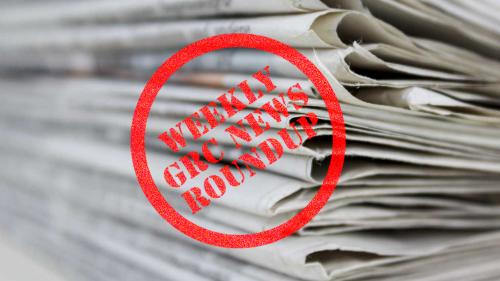The US exchange made famous by its plan to go up against high-frequency traders is calling for regulators to allow companies to buy back their own stock without, it says, being left at the mercy of more agile market participants bumping up the price.
In a letter sent to the SEC today, IEX is petitioning the agency to modernize Rule 10b-18 under the Securities Exchange Act. IEX argues that the rule change would protect companies from being disadvantaged by the existing market structure that makes large orders, particularly buyback orders seeking to comply with the rule’s safe harbor, easily identifiable and a source of profits for short-term traders.
‘The rule was implemented [in 1982] to prevent companies using buybacks to artificially raise their share prices. But people now have algorithms that can spot buybacks and manipulate the price up, costing those companies money,’ IEX CEO Brad Katsuyama tells Corporate Secretary.
‘We believe that this narrowly targeted amendment [to Rule 10b-18] is important to prevent a specific form of price-gaming and exploitation that occurs in today’s marketplace because of the rule’s price restrictions,’ John Ramsay, chief market policy officer and a former head of the SEC’s division of trading and markets, writes in the exchange’s petition.
What IEX calls an ‘unnecessary cost imposed on corporate buyback orders’ will only be exacerbated by the recent US tax law changes, Ramsay writes. Corporate buybacks have gained greater attention since the passage of the tax reforms, which are aimed in part at freeing up company funds.
Safe harbor
The Rule 10b-18 safe harbor allows issuers to purchase their shares in the open market without fear that the SEC could later view this activity as manipulative. One of the rule’s requirements is that brokers buying stock for an issuer must do so at a price that is no greater than the higher of the last independent bid price or the last sale price.
Compliance with the rule is not mandatory, but in practice all buyback programs follow the rule because it provides assurance that buyback activities will not be questioned, according to IEX.
‘[It] has the ironic effect of allowing manipulation by making corporate buyback orders predictable, easy to detect, and easy to exploit, thus opening the door for short-term traders to take advantage of these orders for short-term profit,’ Ramsay writes.
The common pattern for buyback orders – whereby orders are placed at the bid price, then purchases are made at the offer price only after another participant pays that price – makes those orders slow moving and easily identifiable by traders that can use faster strategies to manipulate upward the price of the security, which then increases the prices that issuers must pay, IEX states in its letter.
This targeting is even easier in that the company must announce in advance its intention to buy back stock, it adds.
A solution is to modernize Rule 10b-18 by allowing executions priced at the midpoint of the national best bid and offer to qualify for the safe harbor treatment provided by the rule, IEX argues.
‘Midpoint order types place the responsibility to determine the most accurate price of the stock on the exchange where that order is sent,’ the exchange writes. ‘Because they execute at a neutral price between the best bid and offer, they don’t signal to traders that there is a large buyer in the market. However, under the existing Rule 10b-18 safe harbor, the use of midpoint orders to protect against exploitative trading strategies is not an available option for corporate buyback orders.’
IEX gained public attention through its inclusion in Michael Lewis’ book Flash Boys: A Wall Street Revolt. The idea behind the exchange is to implement a speed bump in an effort to provide what the exchange’s founders believe is a level playing field as an alternative to other venues where, IEX says, high-frequency traders have advantages over long-term investors. Traders and other exchanges disagree.
IEX notes that the SEC in a 2010 rule proposal mentioned the idea of a midpoint exception to the rule’s price restrictions. ‘[Our proposal] would be a fairly simple and targeted change that could save some companies a lot of money,’ Ramsay tells Corporate Secretary.
Katsuyama says IEX has been working with companies to limit the trading costs – both direct and due to quality of trading – of engaging in buybacks. He says he would be surprised if there were opposition to the petition. ‘If anyone opposed improving Rule 10b-18 you’d have to raise your eyebrows: why would they oppose reducing some of the manipulation that’s unfairly costing corporates?’ he says.









